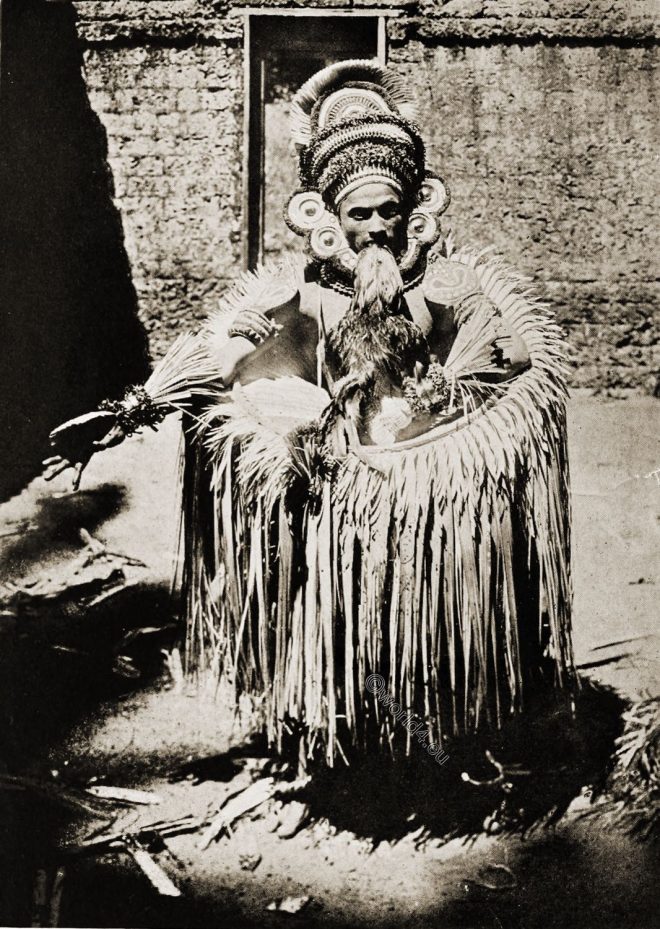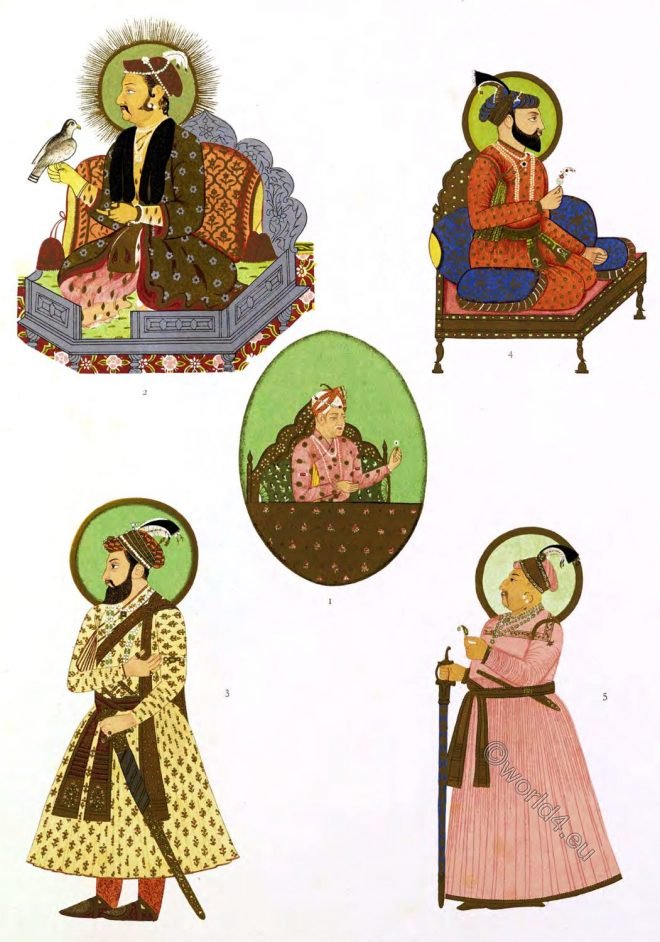Armory of H.H. The Nawab of Tonk, Rajputana (Muhammad Ibrahim Ali Khan 1848-1930), Central India.
Category: India
Fashion and Costumes from India
The art of enamelling in India. Traditional enamelers.
The art of enamelling in India. Traditional enamelers of India at work.
A Procession of the Emperor Akbar Shah II surrounded by his court.
The procession represents the Emperor, Akbar Shah II., surrounded by all the pomp of his court, proceeding along the edge of the Jumna river, accompanied by the British Resident and his staff. It is very characteristic of the past glories of the great Moghul House.
High dignitaries of the Mughal Empire. India, 17th century.
Murad Bakhsh, Imperial Prince, son of Shah Jahan and brother of the Grand Mogul Aurangzeb. Ruler of Delhi. Indian prince, governor of the Grand Mogul.
Emperor of the dynasty of the Grand Mughals. Prince of the Rajputs.
India. Emperor of the dynasty of the Grand Mughals. Rajput Prince. Historical portraits. Azem Shah, Shah Alem.
India. The Rajputs. Portraits of the last rulers of the Kingdom of Telingana.
The illustrations belong to the 17th century and are part of a series of portraits of the last rulers of the Kingdom of Telingana, of which Golkonda was the capital.
Jalali. Mohammedan Faqir. Sufi Muslim ascetic. Suhrawardiyya saint.
Jalali.-A class of Mohammedan Faqirs who take their name from their founder Sayyid Jalal-ud-din a pupil of Bahawal Haqq the Suhrawardiyya saint of Multan.
Omens and superstitions of southern India. Magic and Magicians.
Omens and superstitions of southern India by Edgar Thurston. Magic and Magicians. Exorcists and devil – dancers. The practice of magic.
Antique Peasant Jewellery from Jaipur, Rajasthan.
Antique Jewellery from the Jaipur Museum in Rajasthan. Charms, Necklace, Anklet worn by Young Children, Girls, Women and Men. Foot Ornament worn by Women from Gujarat.
Portraits of five of the best known Mughal emperors of Delhi.
Although the portraits represent the most illustrious occupants of the Imperial throne, they have not been chosen mainly for that reason, but because in every case the person represented is wearing interesting examples of jewellery.










